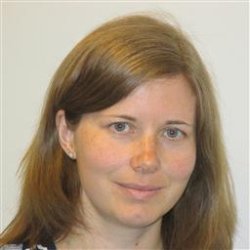One of the sub-goals in the project is to describe the distribution of resistant salmon lice against anti-parasitics in time and space and risk factors for resistance development. An already existing population model for salmon lice will be developed to include resistance status of the lice.
Another sub-goal is to summarize migration-periods and -routes for wild Atlantic salmon and sea trout in production zones that have had to reduce salmon production due to the traffic light system. The salmon lice model will also be developed to be able to calculate salmon lice on wild salmonids.
The already mentioned model will be updated with new knowledge on treatment efficacy, efficacy of cleaner fish and mortality of cleaner fish. New features will be developed for the model; mortality from salmon lice treatments and growth of salmonids including the effect of starvation.
Scenario simulations will be performed at a locality level to investigate the effect of a variety of control methods on production of salmon lice larvae and mortality of both the salmonids and the cleaner fish. We will investigate how this varies geographically and with month of sea transfer.
We will also perform scenario simulations on a regional level to investigate the total effect of chosen control strategies in a given area. In these simulations we will include number of farmed fish, resistance development, mortality of both salmonids and cleaner fish and effects on wild salmonids.
Partners
- Norwegian computing center
- Aqualife R&D
- NMBU
- Pharmaq



